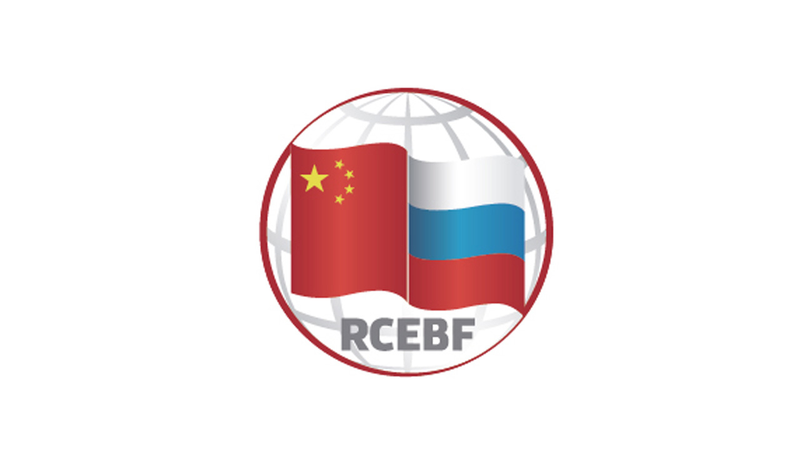Lower back pain is a near-universal experience: the WHO estimated 619 million people worldwide felt its effects in 2020, and that number could climb to 843 million by 2050. In our screen-filled lives—whether on a remote-work day or commuting—our spines bear the brunt of poor posture and repetitive strain.
“Most people on buses or trains are hunched over their phones, which is one of the worst positions for the spine,” says Liu Xiaoguang, vice president of Peking University Health Science Center and president of Peking University International Hospital. As a leading spinal surgery expert, Liu knows that a strong erector spinae muscle group is key to standing tall and moving freely.
His recommendation? Dive into the nearest pool. Swimming—especially breaststroke or backstroke—strengthens spinal muscles while giving the spine a chance to decompress.
Lumbar disc herniation, once considered a condition of older adults, is now appearing in younger patients—including cases as young as nine years old. A simple home check can help you spot it early: if your back pain radiates past the knee into the calf or foot, that often signals nerve root involvement. In such cases, lie flat immediately and seek medical help.
Many fear the thought of surgery, but Liu notes that around 70 percent of herniation cases respond well to rest, physical therapy, and non-invasive treatments. Surgery is typically reserved for:
- Persistent pain after about one month of conservative care
- Inability to rest flat due to severe discomfort
- Muscle weakness in the leg, indicating motor nerve involvement
- Cauda equina syndrome affecting bowel, bladder, or causing foot drop
When surgery is needed, qualified hospitals with experienced teams have reduced risks to levels on par with global standards. “Surgeons can relieve compression, but nerve recovery varies,” Liu reminds us, highlighting that early action and expert care are crucial.
Whether you’re a digital nomad hopping between hotspots or a startup founder powering through deadlines, your spine is the pillar that keeps you moving. Take time today to stretch, swim, and stand tall—your back will thank you.
Reference(s):
Health Talk: Unveiling the secrets of the spine – our body's pillar
cgtn.com




